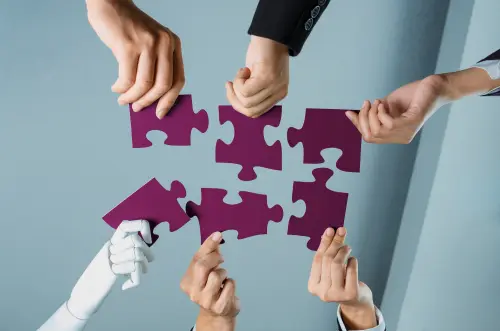A much-publicized article in the New England Journal of Medicine reports that your chance of becoming obese is much higher if you have a close friend who is obese. Obesity appears to be socially “contagious.” The finding is remarkable in that it departs from much standard wisdom about the supposed causes of obesity. Most experts tend to view it as a combination of genetic predisposition and economic choice. If high-fat food is cheap and readily available, people will tend to eat more of it. And if you have an inherited tendency to put on weight, you are more at risk of becoming obese.
Notice that this is an individual-level explanation, not a social one. In fact, many economists and public health experts are uncomfortable with the notion that social norms could strongly influence individual choices about such matters as health and well-being. This is partly due to an academic bias against any explanation that smacks of “irrationality,” and partly due to the difficulty of disentangling social influences from other factors. Using sophisticated statistical methods, the new study goes a long way toward solving the latter problem. But it stops short of asserting that adherence to social norms is the mechanism through which the contagion spreads.
In fact, there is ample evidence from our and others’ research that supports this explanation. A social norm creates an ideal image of behavior that acts as a constraint on what individuals might otherwise do. Psychological surveys have shown that different socio-economic and ethnic groups have markedly different notions of what constitutes an ideal body weight. In the U.S. and Britain, for example, obesity rates are much higher among lower income groups. The presumption is that if you depart from the ideal too much, you will feel badly about yourself and, furthermore, others will make you feel badly.
There is substantial empirical evidence for this ‘stigma effect’. Our research, based on surveys of well-being, finds that in cohorts where obesity rates are high, obese people do not report being more unhappy than others, whereas in cohorts where obesity rates are low, obese people tend to be much unhappier than the mean (controlling for other factors such as age, gender and income). In other words, it makes you less unhappy to be obese if others around you are obese. Our research also finds a negative link between obesity and upward income mobility; if you are obese and work at Walmart, you are less likely to move on to a better job than if you are not. Thus higher obesity norms may be poverty as well as health traps.
One outstanding puzzle is how the current obesity epidemic got started. Why did it suddenly take off more or less simultaneously in different socioeconomic and ethnic groups in the early 1980s? “Junk” food was surely widely available long before then. Was it the result of a change in the cost of food, of marketing campaigns by fast food chains, or attitudes about exercise? And why have such significant differences in levels of obesity and stigma persisted among groups? Whatever the ultimate trigger of the obesity epidemic might have been, it seems very likely that social norms are playing a critical role in the way it continues to spread.
Because social norms and social networks seem to play such an important role, computer simulations of social systems can be a very useful tool for solving the puzzles surrounding the obesity epidemic. These simulations can help us understand how the structure of social networks affects the spread of norms and weight change. For example, the simulations we use in our research suggest that overall social norms about weight can shift dramatically as a result of even small changes by some members of the group. Simulation models can also suggest policies for interrupting the spread, for example by targeting individuals who act as role models in particular communities or by changing the mixture of social messages that reach a network.
The goal of studying obesity is, ultimately, to try to reverse its dramatic rise and to close these gaps in its incidence among groups. To do that, policymakers need to understand the processes that led to the increase and the disparities in the first place — not just what factors matter, but how and why they matter. Much public attention has gone to the role of cheap “junk” food, for example. Much less has gone to explaining why some cohorts consume so much of it and become obese, while others do not and maintain completely different weight norms.
It is becoming clear that social influence matters in obesity. But more research is needed to uncover exactly how it matters. We are using novel techniques — computer simulations and well being surveys — to study the problem and how we might use social networks to help us slow or reverse the alarming increase in obesity. Should policies be targeted at network leaders, for example? Should the links between obesity and lower levels of income mobility be made more explicit as a possible incentive, or will that merely exacerbate low expectations and poverty traps? We do not know at this point. Until we understand the causes at work, we cannot design effective policies to intervene, and we will continue to spend large sums of resources on public health messages that are not reaching the right audience.
The Brookings Institution is committed to quality, independence, and impact.
We are supported by a diverse array of funders. In line with our values and policies, each Brookings publication represents the sole views of its author(s).



Commentary
Op-edObesity and the Influence of Others
August 21, 2007